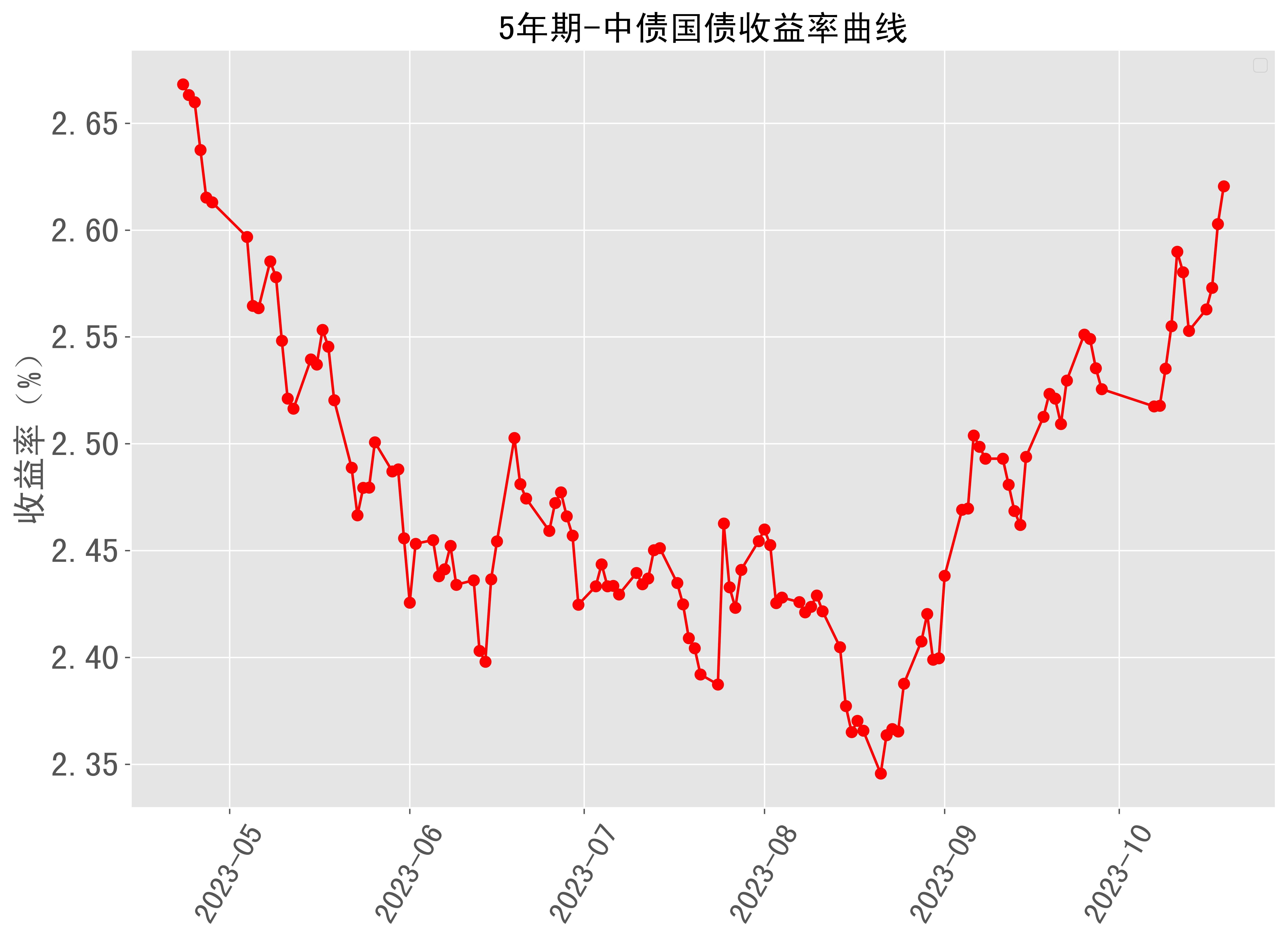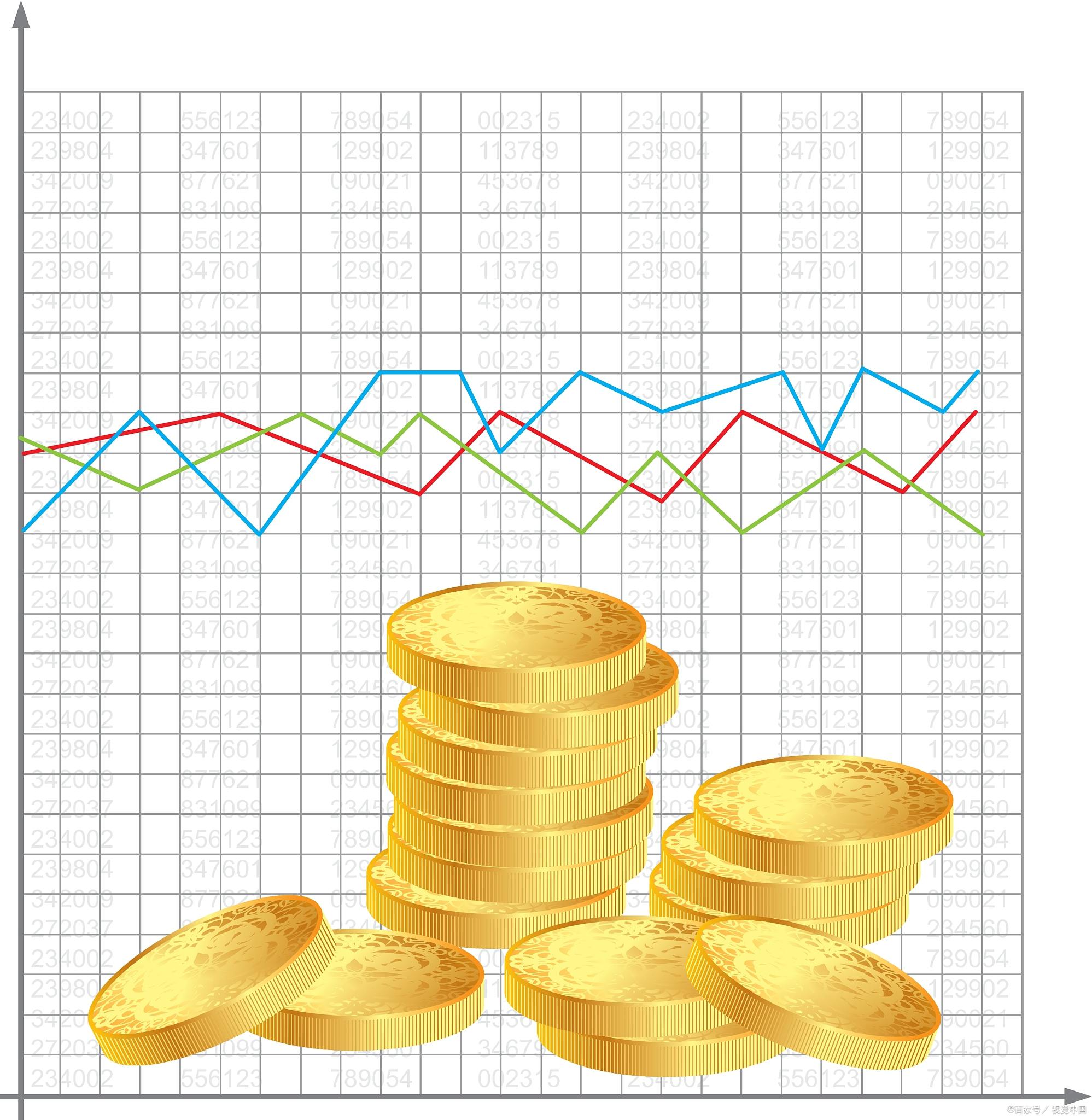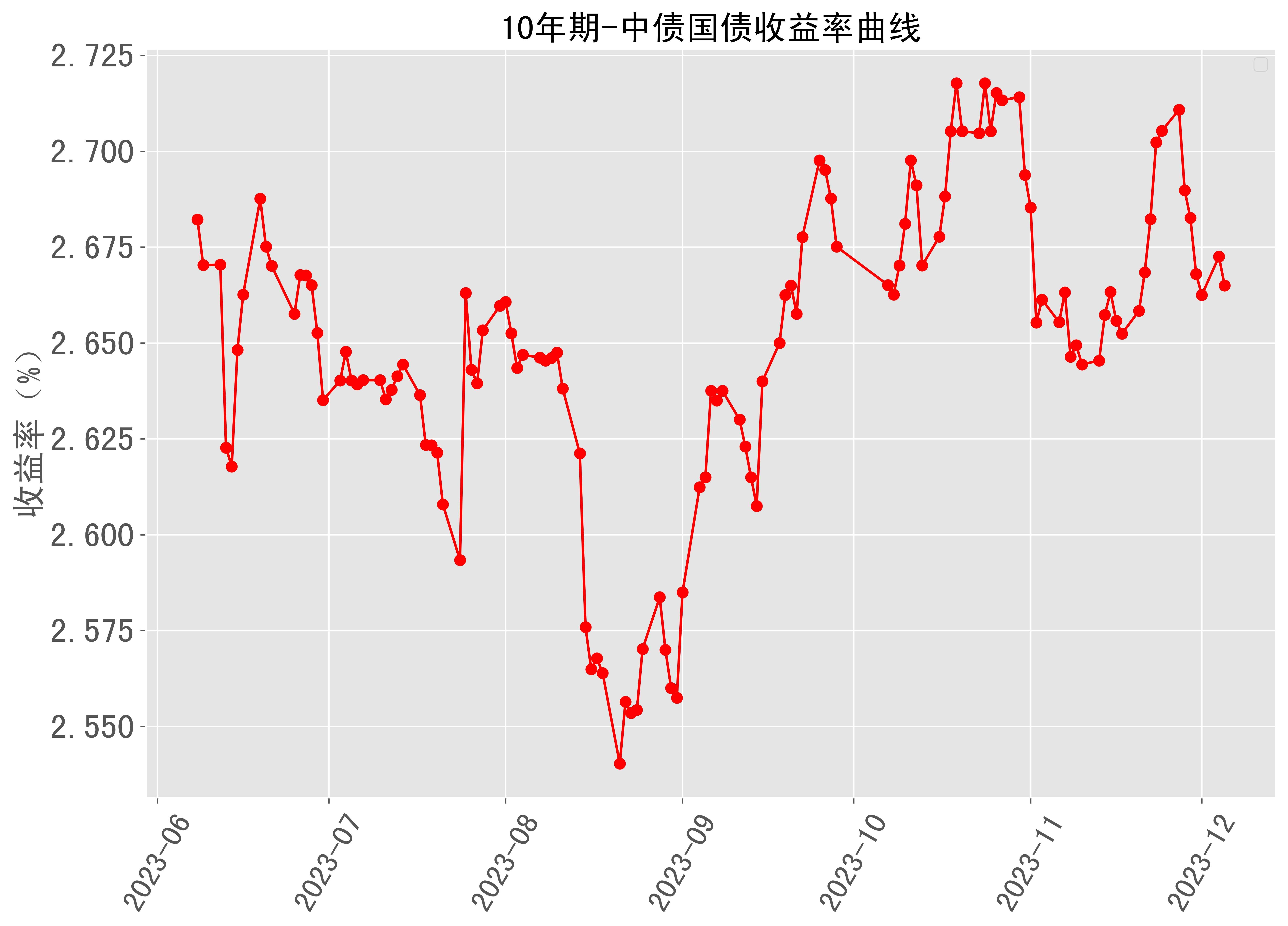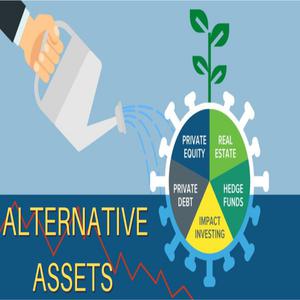In the vast ocean of the financial world, the yield curve is like a mysterious economic prophecy book, revealing the economy’s future direction through the language of bond yields. This "prophecy book" is woven together from the yields of government bonds of different maturities, and its shape changes transmit key economic signals.
When the curve slopes upward like a mountain path, it signifies that the economy is in a period of healthy growth, with investors confident about long-term prospects and demanding higher returns for longer investment horizons. This "normal curve" is often accompanied by a thriving market, with strong consumer spending and full employment. However, when this "prophecy book" exhibits the rare phenomenon of an inverted where short-term yields are abnormally higher than long-term yields—it is like dark clouds gathering in the economic sky, typically signalling a potential recession within 12 to 24 months. Historical data shows that since 1960, every economic recession has been preceded by this inversion, making it one of the most closely watched recession indicators by economists. When the curve flattens, it suggests that the economy is at a turning point, possibly transitioning from growth to recession or from recession to recovery.

The current exceptional financial climate is causing this "prophecy book" to unfold in a complex chapter. The sustained inverted curve from 2022 to 2024 has triggered an economic alarm. Although the curve briefly returned to a normal shape in August 2024, it showed signs of inversion again in March 2025, albeit with a less severe degree than before. This fluctuating curve shape is like complex air pressure changes in an economic weather chart, making it difficult for market participants to make clear judgments. Faced with such an economic prophecy, astute investors need to develop multi-dimensional strategies: during inversion periods, they should adopt a defensive stance, locking in high-interest products like farmers storing up for winter, increasing cash reserves, and being cautious with risk assets; when the curve returns to normal, they can shift to a more aggressive strategy, increasing stock allocations and extending bond maturities; and during a flat curve period, they should maintain a flexible and balanced portfolio, closely observing future changes. This ability to respond flexibly is like an experienced captain adjusting the course and speed of the ship according to different sea conditions.

The predictive power of the yield curve is like a "crystal ball" in the financial market.
Through its clear surface, we can glimpse the future of the economy. This magical tool is a mirror reflecting the collective wisdom of the market, melting the expectations, concerns, and judgments of countless investors into an insightful curve.
When long-term rates stand tall like mountains above short-term rates, it is like a farmer seeing wheat sprouting vigorously in spring, signalling that a season of plenty is about to arrive; when short-term rates unusually exceed long-term rates, it is like migratory birds suddenly changing their flight path, hinting that an economic winter may be near. The magic of this curve lies in its ability to speak for three important players: first, the investor group. Whose risk preferences and inflation expectations determine the steepness of the curve; second, the banking system, whose interest rate margins are directly affected by the curve shape, much like how the diameter of a pipe determines the flow of water, and third, the central bank, whose monetary policy changes leave clear fingerprints on the curve. For ordinary investors, mastering the art of interpreting the yield curve is like ancient sailors learning to navigate by observing the stars. No complex financial telescope is needed; by regularly tracking the shape changes of the curve, one can gain valuable guidance in the vast ocean of investment When the curve begins to invert, it is like seeing dark clouds gathering on the horizon-it's time to tighten the investment sails and increase cash reserves; when the curve steepens upward again, it's like the spring breeze blowing, and it's safe to raise the sails of risk investment.


Understand the Inflation and Its Impact on Your Money

Family Property: To List Under Spouse's Name or Not?

Fortifying Wealth: Isolation & Legacy for the Affluent

NFT Getting Started Tutorial Open the "Treasure Map" of the Digital Wealth World

How to Build a Debt-Free College Path for Your Child

How to Get the Best Deal on a Mortgage

Environmental Concerns: Do NFTs Have a Sustainable Future?
